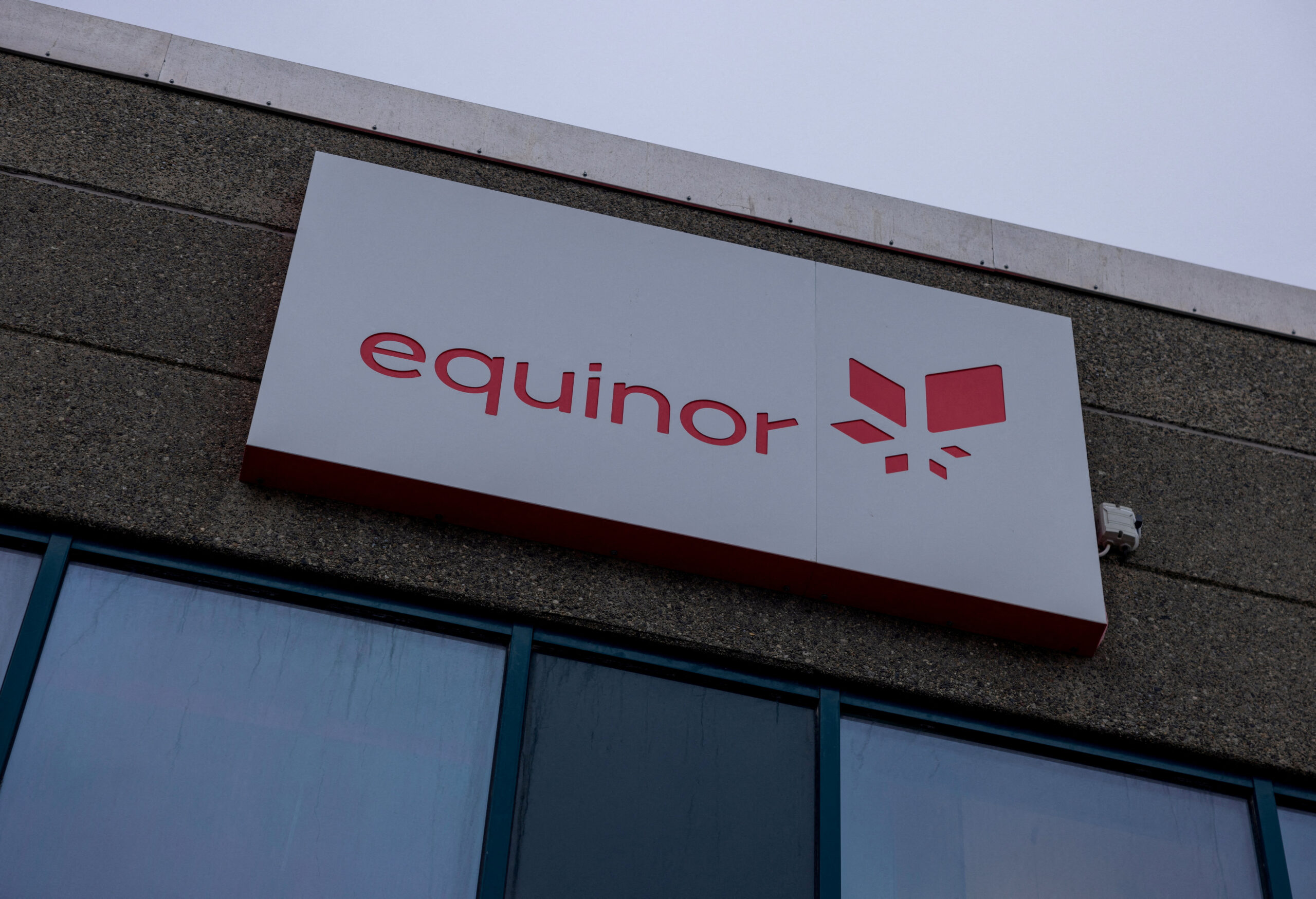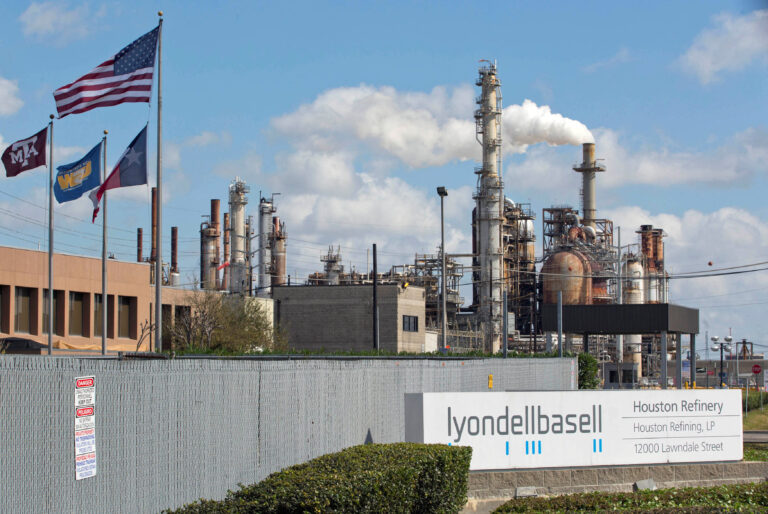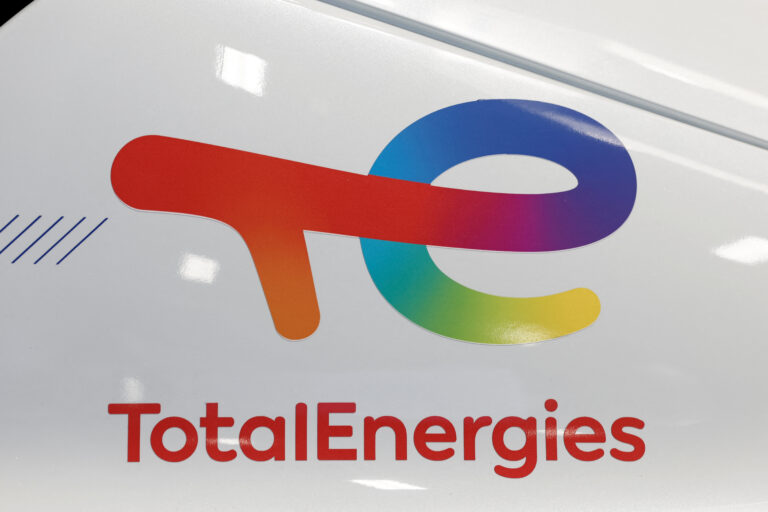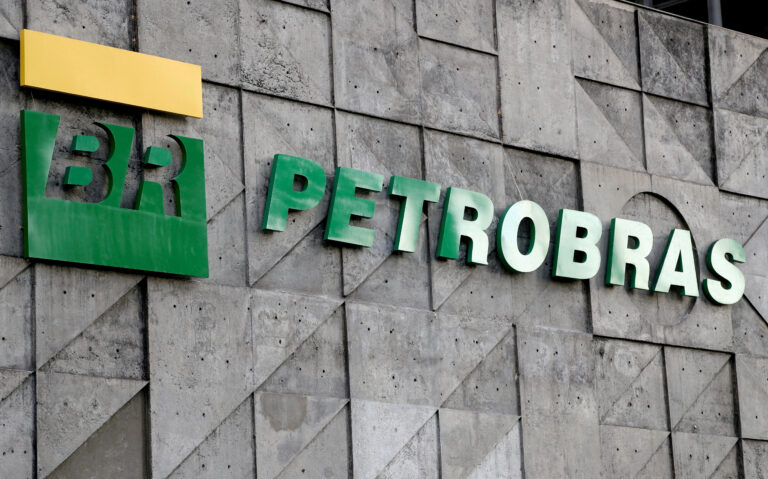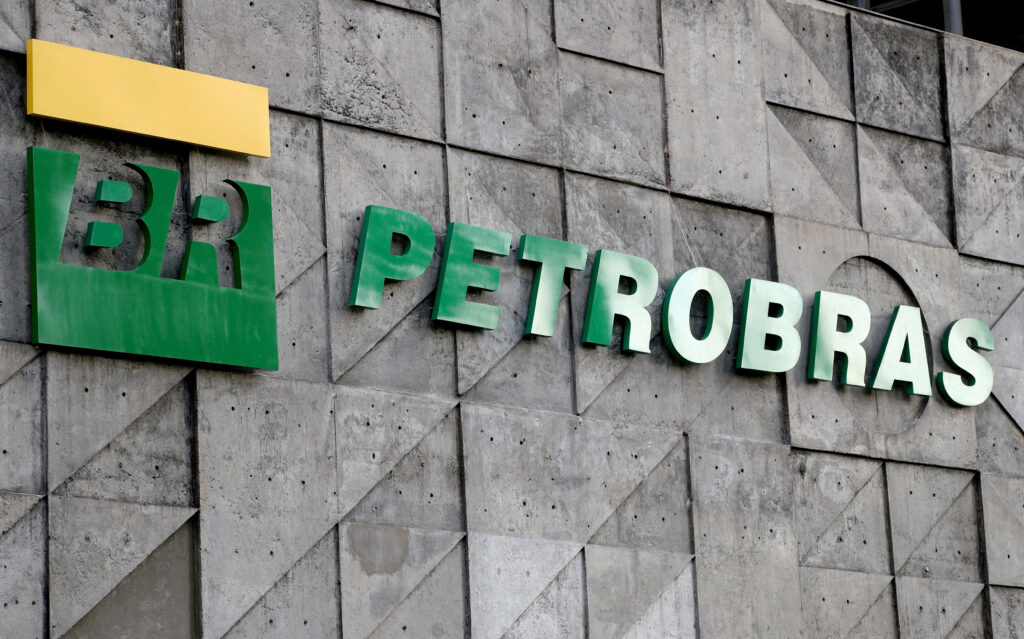OSLO – Equinor (NYSE: EQNR) is trimming 20% of the staff from its renewable energy division and will compete for a smaller number of new projects as it streamlines the business unit, the company told Reuters on Thursday.
The global offshore wind sector, in which Equinor is a significant player, has faced setbacks in its efforts to reach lofty targets, driven by cost inflation, high interest rates, and supply bottlenecks, companies and industry insiders have said.
Equinor’s retreat mirrors similar moves by European rivals Shell (NYSE: SHEL) and BP (NYSE: BP), which in recent months scaled back operations in renewables and low-carbon operations as they focus on the most profitable businesses.
“We have decided to reduce the number of people working with renewables in Equinor,” a company spokesperson said, adding that the division’s workforce reduction corresponded to some 250 full-time job equivalents.
The size of the cutbacks hasn’t previously been reported.
However, the number of people leaving the group would be lower, with those employed directly within the parent company being offered alternative roles in other business areas.
“As we have said previously, we have exited some markets and prioritized existing markets and reduced the business development activities,” the spokesperson said.
Earlier this year, Equinor (NYSE: EQNR) abandoned its offshore wind activities in Vietnam, Spain, Portugal and France. It also scaled back offshore wind plans in Australia.
The oil, gas, and renewable energy producer had some 23,000 employees at the end of 2023, according to its annual report.
Equinor didn’t provide a detailed split of staff reductions on a country-by-country basis.
Offshore wind accounts for most of the renewable energy unit’s activities, although the scope of the staffing reductions also covered onshore wind and solar.
The staff adjustments did not apply to subsidiaries such as Polish Wento or Danish BeGreen, the spokesperson specified.
Equinor (NYSE: EQNR) will participate in fewer tenders and auctions going forward while focusing on the construction of its three large offshore wind projects – Dogger Bank in Britain, Empire Wind 1 in the United States, and Baltyk 2 and 3 in Poland, he said.
Equinor hasn’t altered its goal of reaching 12-16 gigawatts (GW) of installed renewable energy capacity by 2030, with any potential changes to the target only expected as part of its annual capital markets update scheduled for February.
Latest News on Equinor ASA (EQNR) Stock
Zabih Ullah is a seasoned finance writer with more than ten years of experience. He is highly skilled at analyzing market trends, decoding economic data, and providing insightful commentary on various financial topics. Driven by his curiosity, Zabih stays updated with the latest developments in the finance industry, ensuring that his readers receive timely and relevant news and analysis. Read Full Bio
